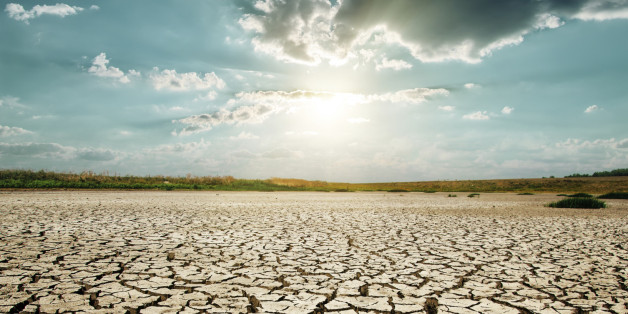Web Desk
More than 62 million South Asian people will be forced to migrate from their homes due to climate disasters by 2050, according to new research from ActionAid International and Climate Action Network South Asia.
Political failure to limit global warming to below 2°C already drove 18 million climate migrants from their homes in the year 2020 . The report estimates that the climate migration will treble in South Asia alone, a region badly affected by climate disasters including floods, droughts, typhoons and cyclones.
The research was undertaken by Bryan Jones, one of the authors of the inaugural Groundswell Report on internal climate migration in 2018.
The new research released on International Migrants Day, has broadened the analysis to incorporate new drivers of climate migration, which include loss of biodiversity and up to date scenarios of sea level rises and global warming.
The report, ‘Costs of climate inaction: displacement and distress migration’ assesses climate-fuelled displacement and migration across five South Asian countries, Bangladesh, India, Nepal, Pakistan and Sri Lanka and calculates a devastating likelihood of more than 60 million people being homeless and displaced by 2050 in South Asia alone.
This is almost as many people as are forced from their homes globally due to war and conflict, raising the alarm that climate can no longer be overlooked as a major factor driving displacement. Climate migration could easily surpass conflict as a driving force of displacement if political leaders continue to renege on their commitments to reducing greenhouse gas emissions in line with the Paris Agreement. Communities can be resilient to climate change, slow onset climate disasters, such as sea-level rise, drought, failed harvests and loss of biodiversity, but this takes money and political will.
The new report by ActionAid calls for strong leadership and ambition from developed countries to cut emissions and support for developing countries to adapt to climate change and recover from climate disasters. It recommends a holistic approach that places the onus on rich countries to provide support and urges developing countries to scale up efforts to protect people from climate impacts.
South Asia is particularly prone to climate disasters and has some of the highest levels of climate-fuelled displacement.
The research reveals that in all five countries, women are left dealing with the negative fallout from climate migration. They are left behind to take care of household chores, agricultural activities, look after children and elderly and manage livestock. Women who migrate to urban settlements are often then forced to take up work in precarious settings where workers’ rights violations are rife.













